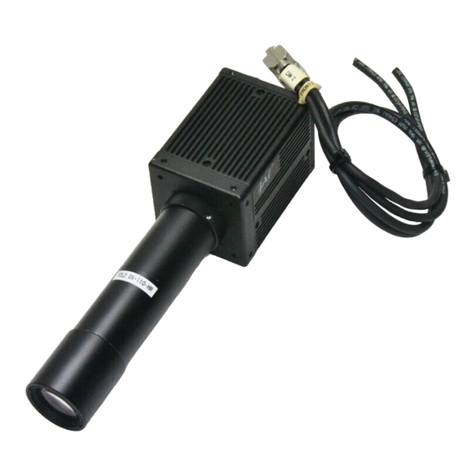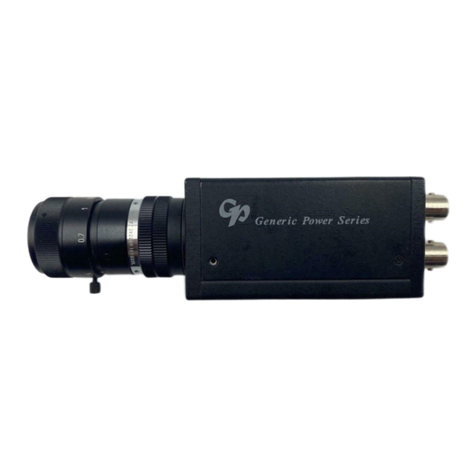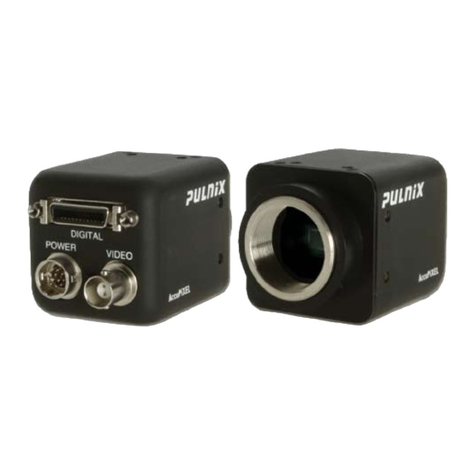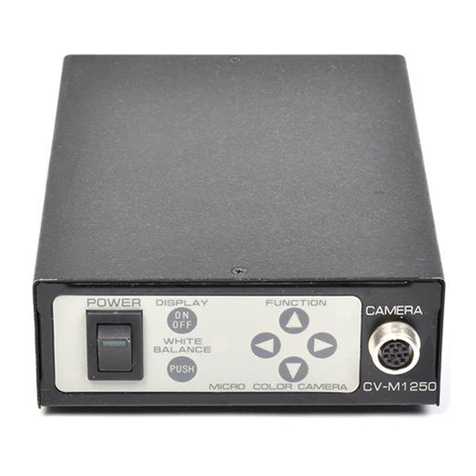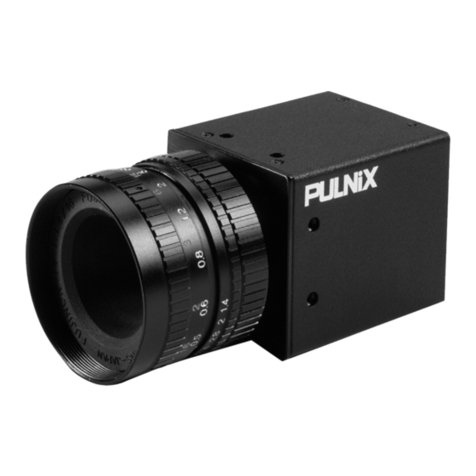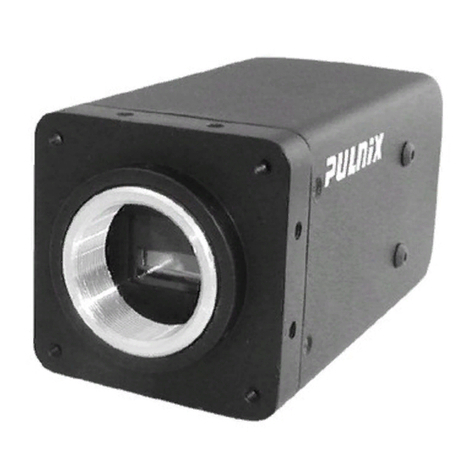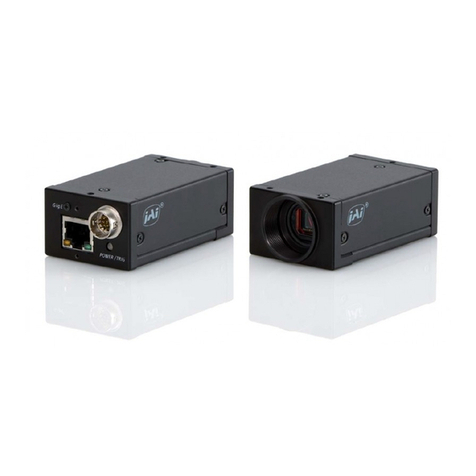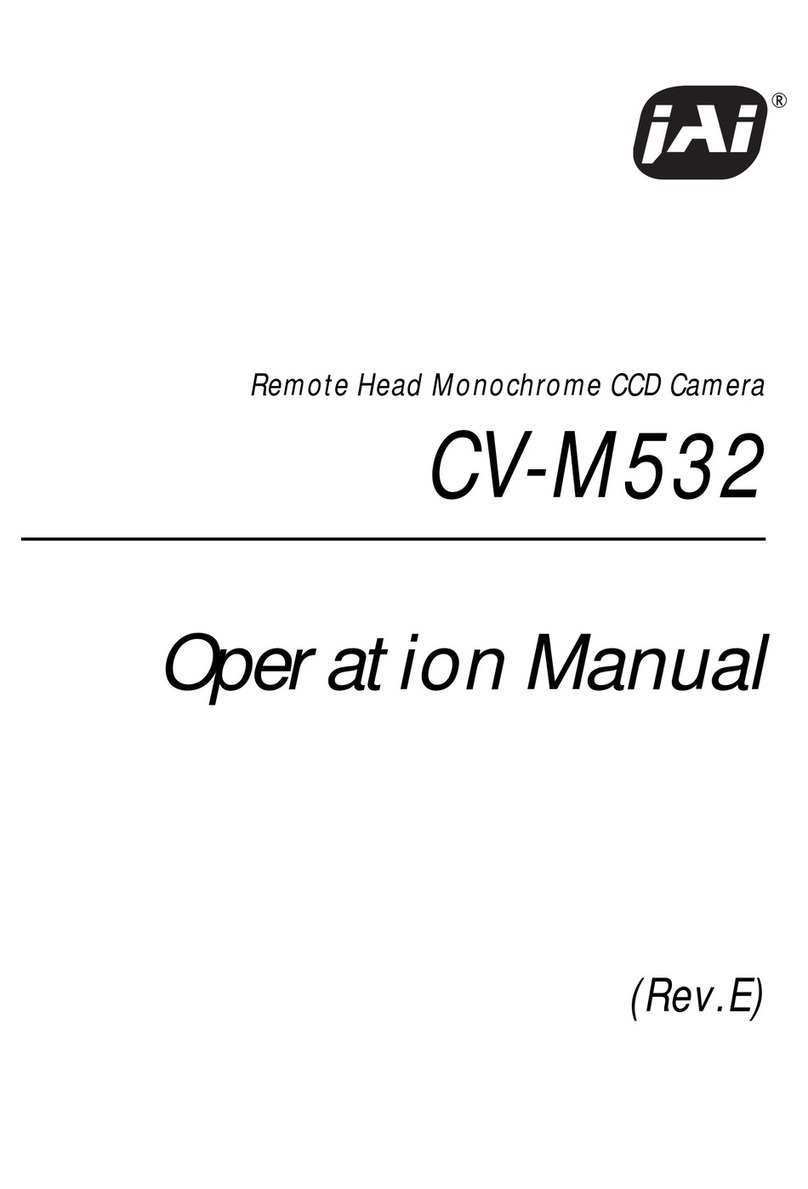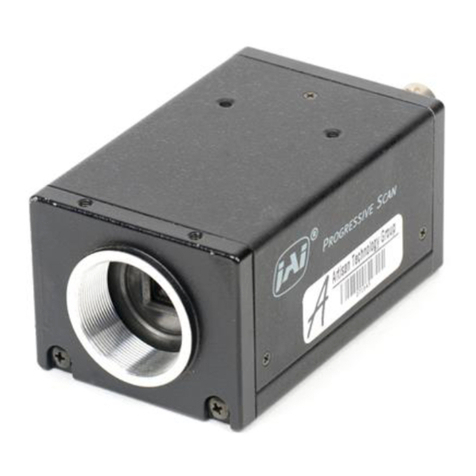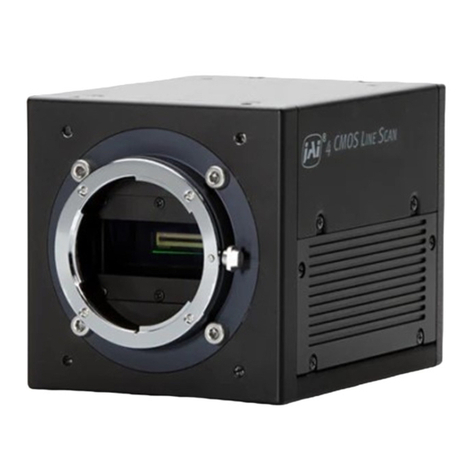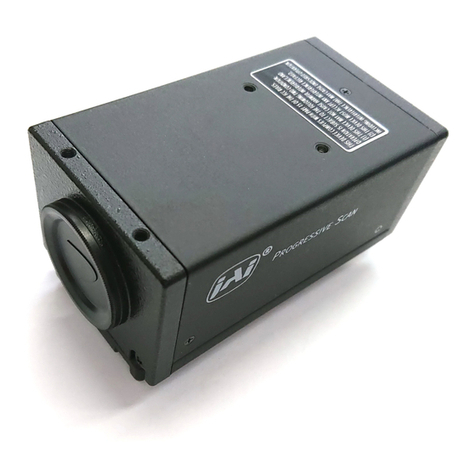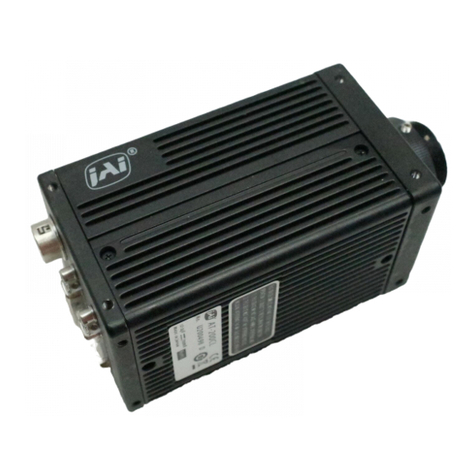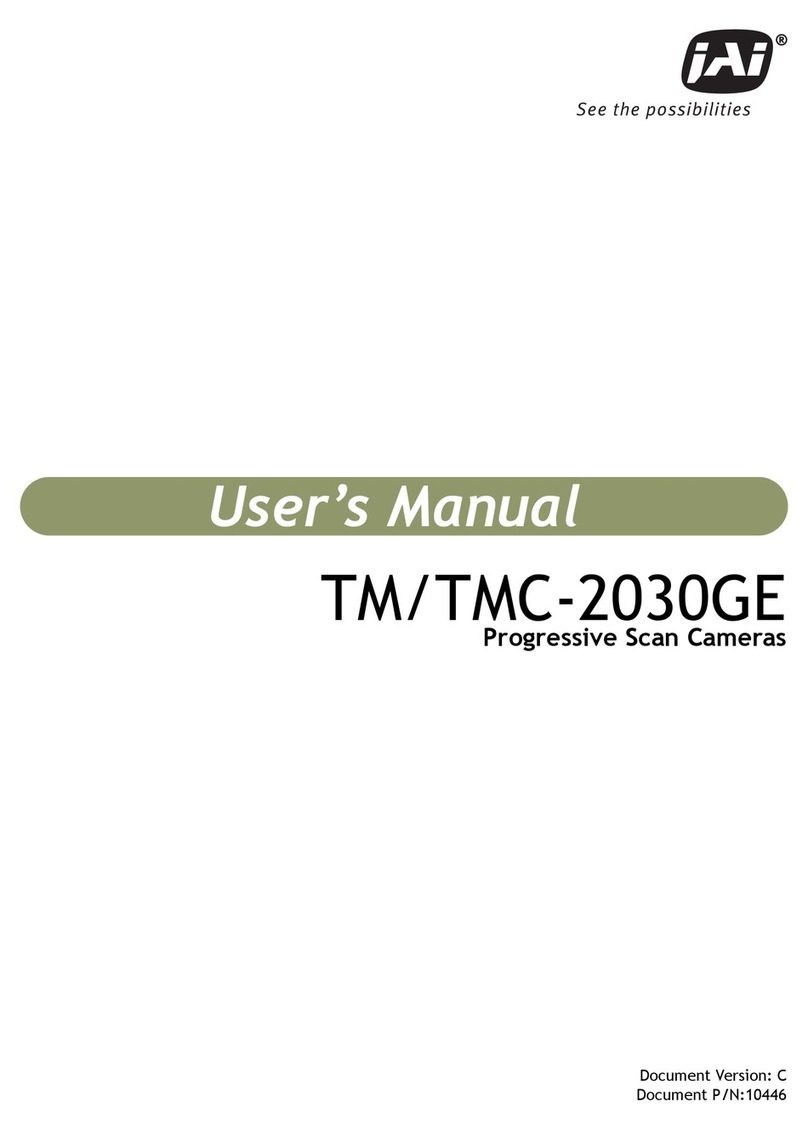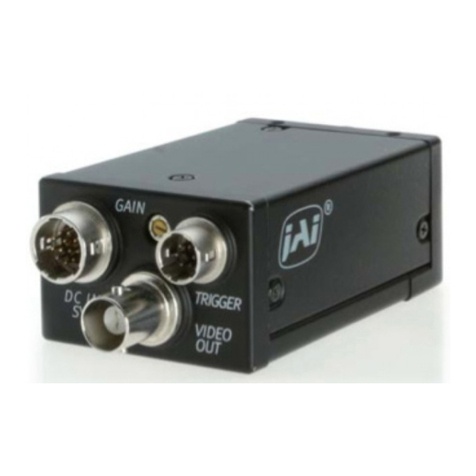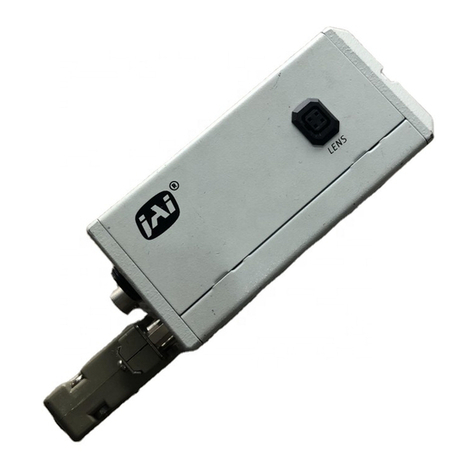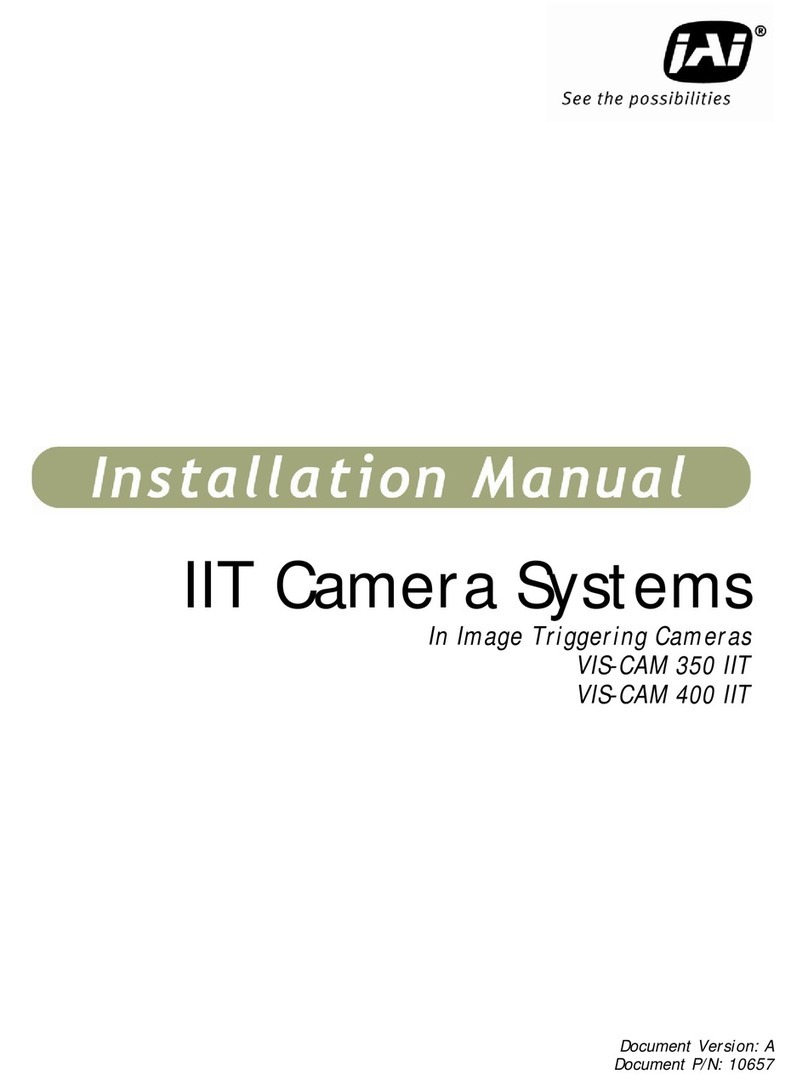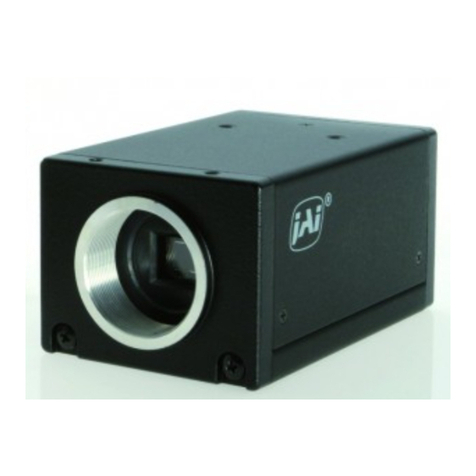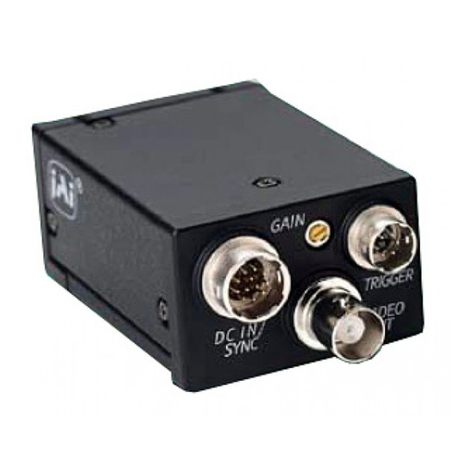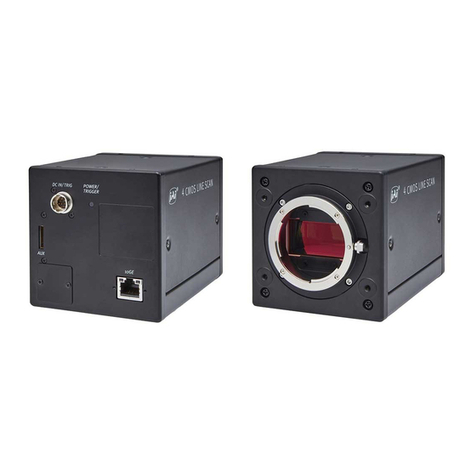
SW-2001T-CL
-Contents –
1. General ........................................................................................................4
2. Standard composition .......................................................................................4
3. Main features .................................................................................................4
4. Locations and functions.....................................................................................5
5. Connectors ....................................................................................................6
5.1.12-Pin Connector ......................................................................................6
5.2.Digital Output / Interface Connectors for Camera Link.........................................6
5.3. Input and output circuits.............................................................................7
5.3.1. Trigger input........................................................................................7
5.3.2. EEN / XEEN output (Exposure ENable)......................................................... 8
6. Functions and Operation....................................................................................9
6.1. Basic functions.........................................................................................9
6.2.Pixel Gain (flat-field) correction (PRNU correction)........................................... 10
6.3.Pixel black level correction (DSNU / FPN correction) ......................................... 10
6.4.Shading correction .................................................................................. 11
6.5. Binning ................................................................................................ 11
6.6.Operation modes .................................................................................... 12
6.6.1. No-Shutter mode with Internal line rate generator........................................ 13
6.6.2. No-Shutter mode with External Trigger...................................................... 14
6.6.3. Shutter-Select mode with Internal line rate generator.................................... 14
6.6.4. Shutter-Select mode with External trigger .................................................. 15
6.6.5. Pulse Width Control (PWC) mode.............................................................. 16
6.6.6. Auto Reset mode................................................................................. 17
6.7.Scan rate and exposure time range .............................................................. 18
6.7.1. Minimum cycle time of external trigger...................................................... 18
6.7.2. Minimum trigger pulse width................................................................... 18
6.8.Relationship between Trigger and LVAL......................................................... 18
6.9.Compatibility of trigger modes and functions .................................................. 18
6.10. Rear panel indicator ................................................................................ 19
7. Configuring the camera ................................................................................... 20
7.1.SW-2001T-CL Command list........................................................................ 20
8. Functions listed alphabetically by command acronyms............................................. 24
8.1 Command AHRS – Request status after One-Push AWB........................................ 24
8.2 Command AL – Automatic Line Rate Reference Level......................................... 24
8.3 Command AR – Automatic Line Rate setting .................................................... 24
8.4 Command ARST – Auto Reset Mode............................................................... 24
8.5 Command AW – Activate One-push Auto White Balance (AWB) - Gain...................... 24
8.6 Command AH - Activate One-push Auto White Balance (AWB) - Shutter................... 25
8.7 Command BA – Bit Allocation...................................................................... 25
8.8 Command BI – Binning (Horizontal only)......................................................... 25
8.9 Command BL – Master Black Level................................................................ 25
8.10 Commands BLR and BLR – Black level red and black level blue.............................. 26
8.11Command EI – Interlocked R, G and B exposure................................................ 26
8.12Command GA – Master Gain Level ................................................................ 26
8.13Commands GAR and GAB – Gain level red and gain level blue............................... 26
8.14 Command NK – Knee function enable/disable .................................................. 26
8.15Commands KSR, KSG and KSB – Knee slope for R, G and B.................................... 27
8.16Commands KPR, KPG and KPG – Knee point for R, G and B................................... 27
8.17 Command LR - Line Rate (Scan Rate) ............................................................ 27
8.19Command PBC – Enable pixel black (FPN) correction.......................................... 28
8.20 Command PBR – Run pixel black correction and store to user area......................... 28
8.21Command PER – Programmable exposure – Red ................................................ 28
8.22Command PEG – Programmable exposure – Green ............................................. 28
8.23Command PEB – Programmable exposure – Blue................................................ 28
8.24Command PGC – Enable Flat-field correction (Pixel gain).................................... 29
8.18 Command NOSR – Enable noise reduction........................................................ 28

